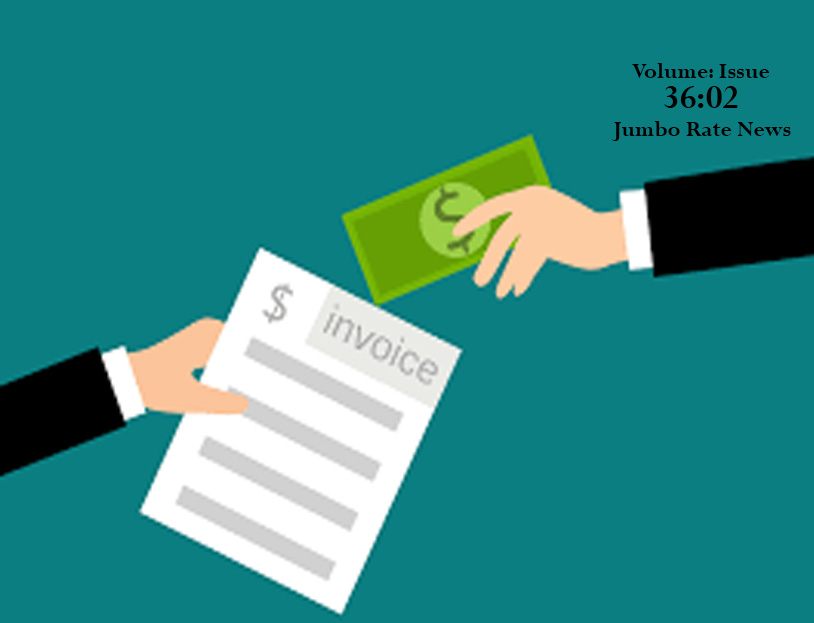We promised last week that we would be paying close attention to consumer debt this year, and what better time to begin. The Federal Reserve conveniently just released its Consumer Credit statistics report for last November.
This latest release shows that, during the month of November 2018, consumer credit increased at a seasonally adjusted annual rate of 6.75%; revolving credit increased at an annual rate of 5.5%; and nonrevolving credit increased at an annual rate of 7%. (Bear in mind, these numbers do NOT reflect the impact of furloughed federal employees due to the partial government shutdown that began on December 22nd …and the longer it drags on, the more negative impact it will likely have.)
The Federal Reserve release includes all types of lenders, so we went to the FDIC Quarterly Banking Profile (QBP) to see the impact on banks specifically. The QBP reports that U.S. banks as a whole registered quarterly increases in all major loan categories, but it was consumer loans that posted the highest dollar increase (up $32.4 billion or 2%).
Over the year, consumer loan balances (which include credit cards) were up $88 billion (or 5.5%) to $1.7 trillion at the nation’s banks. Just over half of that is credit card debt. When focusing specifically on community banks, the increase in consumer loans was slightly less at 4.7% (from $60.336 billion to $63.184 billion). Credit card loans at community banks decreased by 7.9% during the year.
Putting the government shutdown aside, low unemployment and higher wages would lead some to speculate consumer loan growth could persist through 2019. But we can’t assume that. Even knowing how short the American public’s memory generally is, the Great Recession left an indelible impression.
Just the thought of 800,000 unpaid federal employees will lead some consumers to shun new debt. While the furloughed federal employees are expected to recoup their losses, there is another issue on the horizon. Delinquency rates have begun to tick up. This is causing a number of lenders to tighten their underwriting standards.
All of that aside, the banks listed on page 7 had the highest percentage of growth in their consumer loan portfolios between September 30, 2017 and September 30, 2018. Each has its own story, but here are the first two:
The first bank on the list, 5-Star First State Bank of Texas, was established in 1914 and had been growing slowly and steadily during its first century. More recently it has begun a new growth spurt, in lending. Before opening its third branch last November, it was already working on beefing up its loans. Total loans increased 39% over the 12 month period, bringing its loan to deposit ratio from 67.7% to 87.5%. Generally when we see an increase this large, it can be attributed to a merger or acquisition. Not in this case. First State Bank is growing these loans all organically.
While the community bank offers everything from agricultural to commercial real estate loans, it was its consumer loan growth of 287% that outpaced all others in the nation. To put that in perspective: at 9/30/2017, First State Bank of Texas’ consumer loans represented 5.14% of its total loans. That was just a little higher than its peer group average of 4.4%. Fast forward to 9/30/18 and its consumer loans represent over 14% of total loans while its peer group’s consumer loan as a percent of total loans increased just ten basis points to 4.5%.
While First State Bank of Texas is growing, Zero-Star Liberty Bank, Salt Lake City, UT, the second bank on the list, is shrinking. In the 12 months ended September 30, 2018, Liberty Bank’s total assets dropped 22% from $11.5 million to just $9 million. Its total loans dropped also, but only by 11.6%. Why? Because while most loan categories were shrinking, its consumer loan portfolio grew by 132%.
Liberty Bank’s loan underwriting has been altered since consenting to a supervisory agreement in July of 2017. Unfortunately, that has not improved the quality of its loans. In addition to posting losses for the last six consecutive quarters, its delinquency to asset ratio has gone from 0.43% to 1.82% in the last year. Its loan loss reserves have also dropped – from $274 million to $225 million.
In spite of all these red flags, the zero-star bank is still considered “Well Capitalized” by regulators. And, it’s enforcement action does not specifically restrict the rates it can pay on CDs. So, if you live in Salt Lake City or Tooele County and don’t mind having a CD at a zero-star bank, Liberty is offering local customers 3.55% on a 5-Year CD (or 2.7% on a 1 year if you don’t like the direction it’s headed).
Next week, we will be discussing consumer delinquency rates in more detail.


